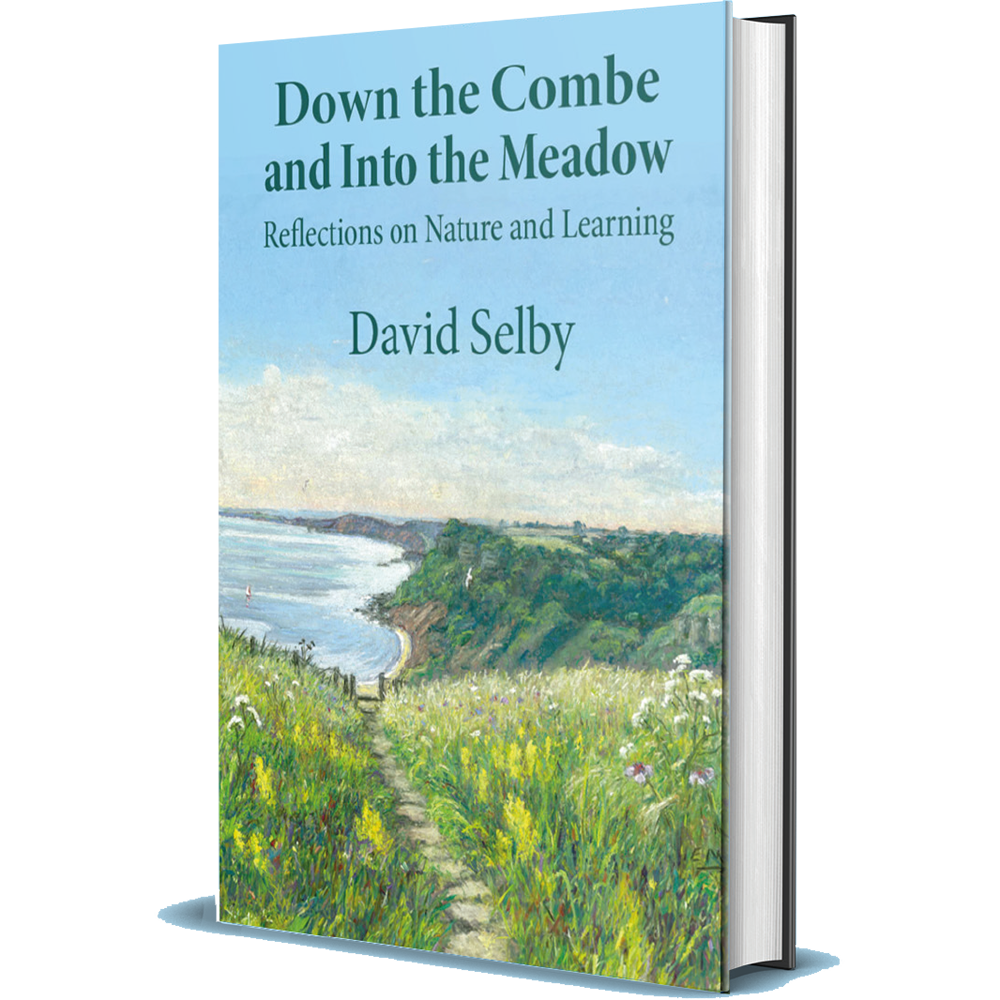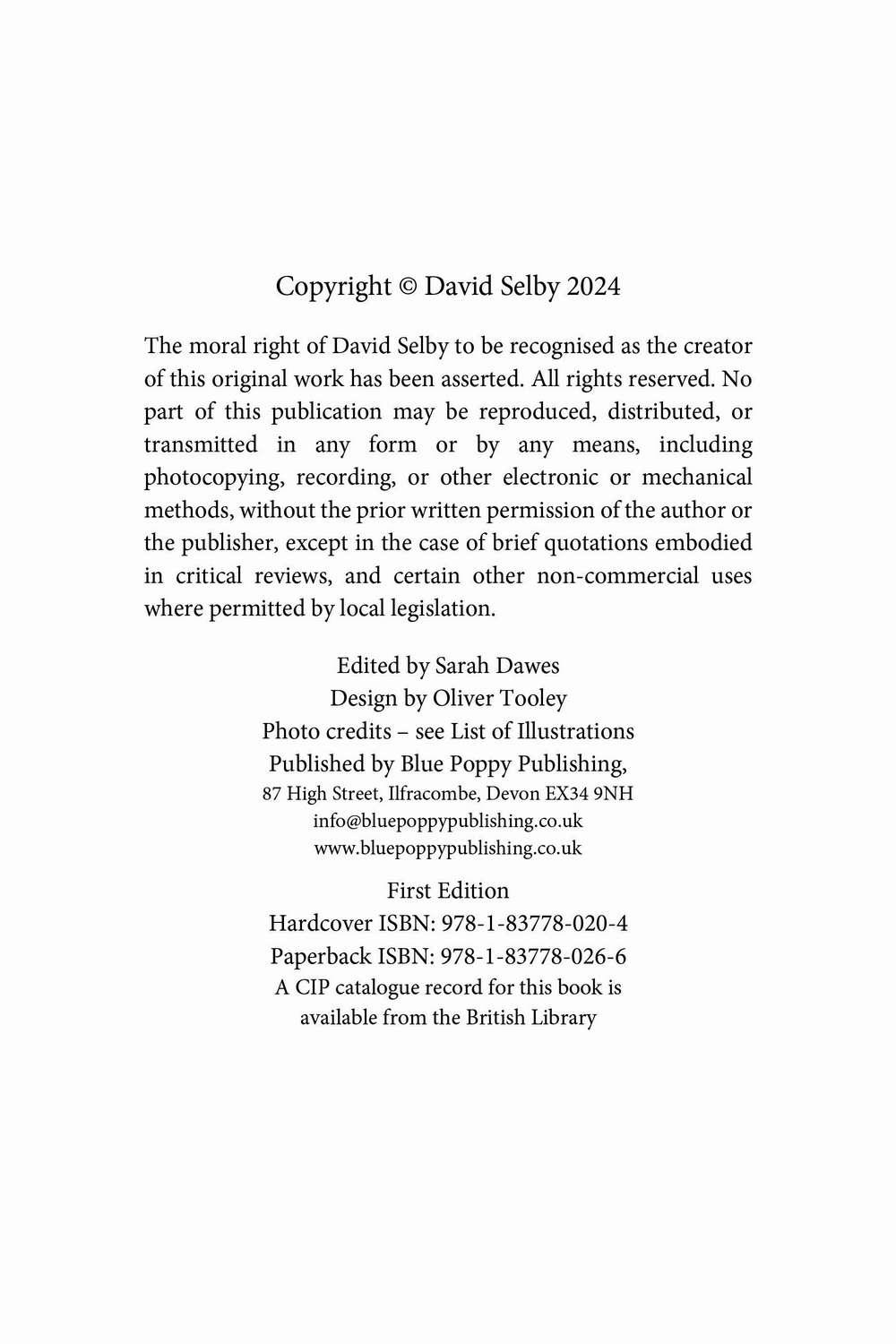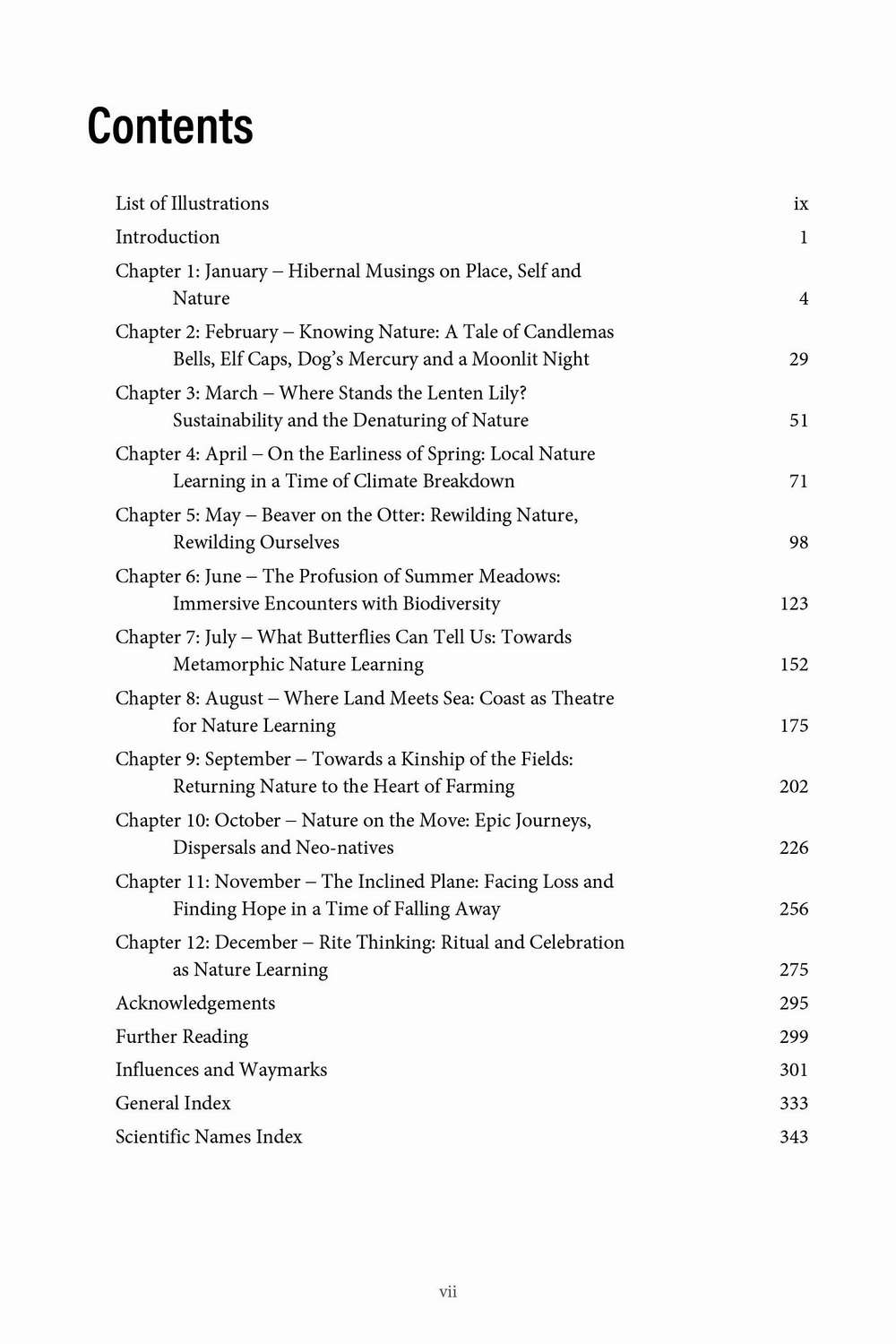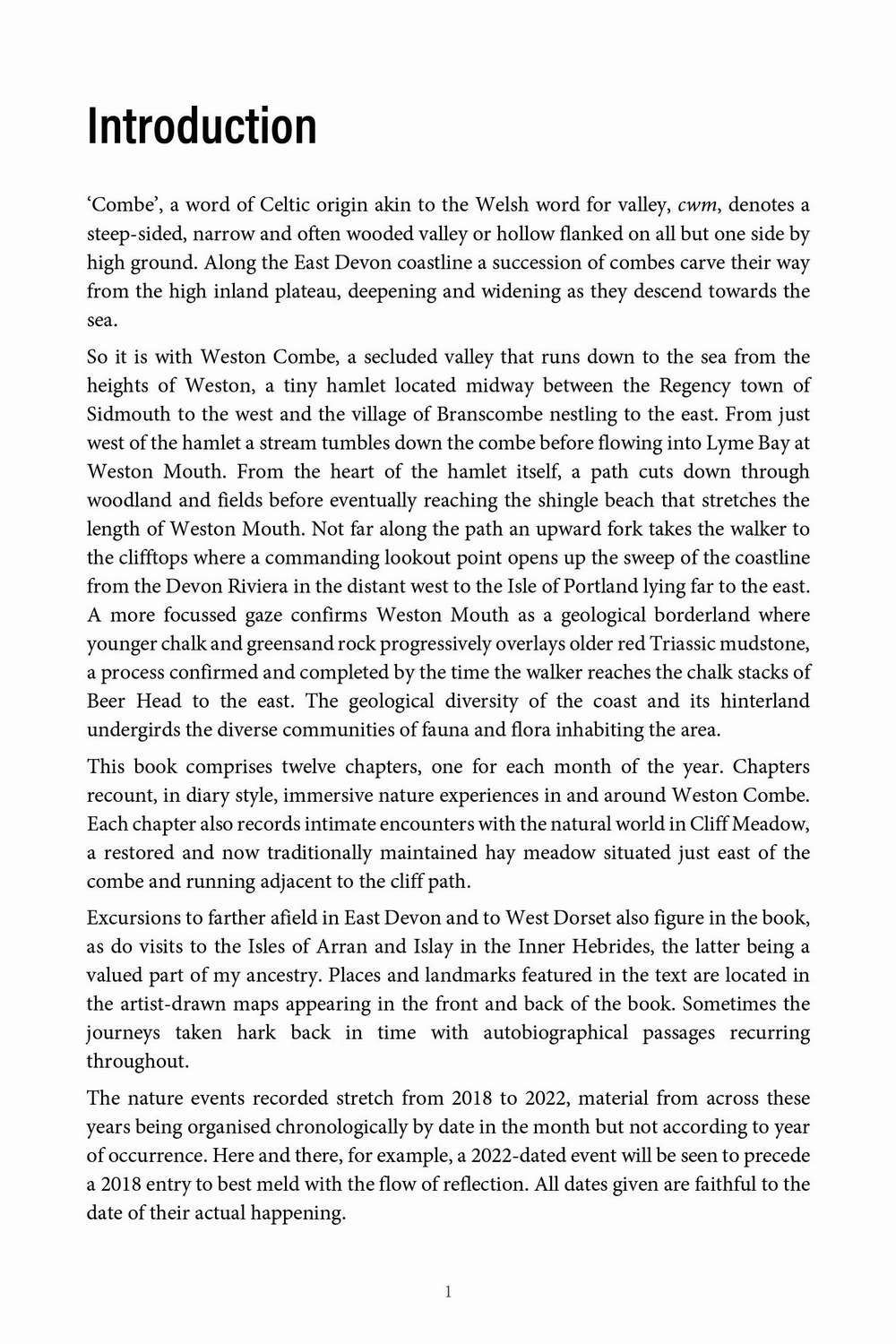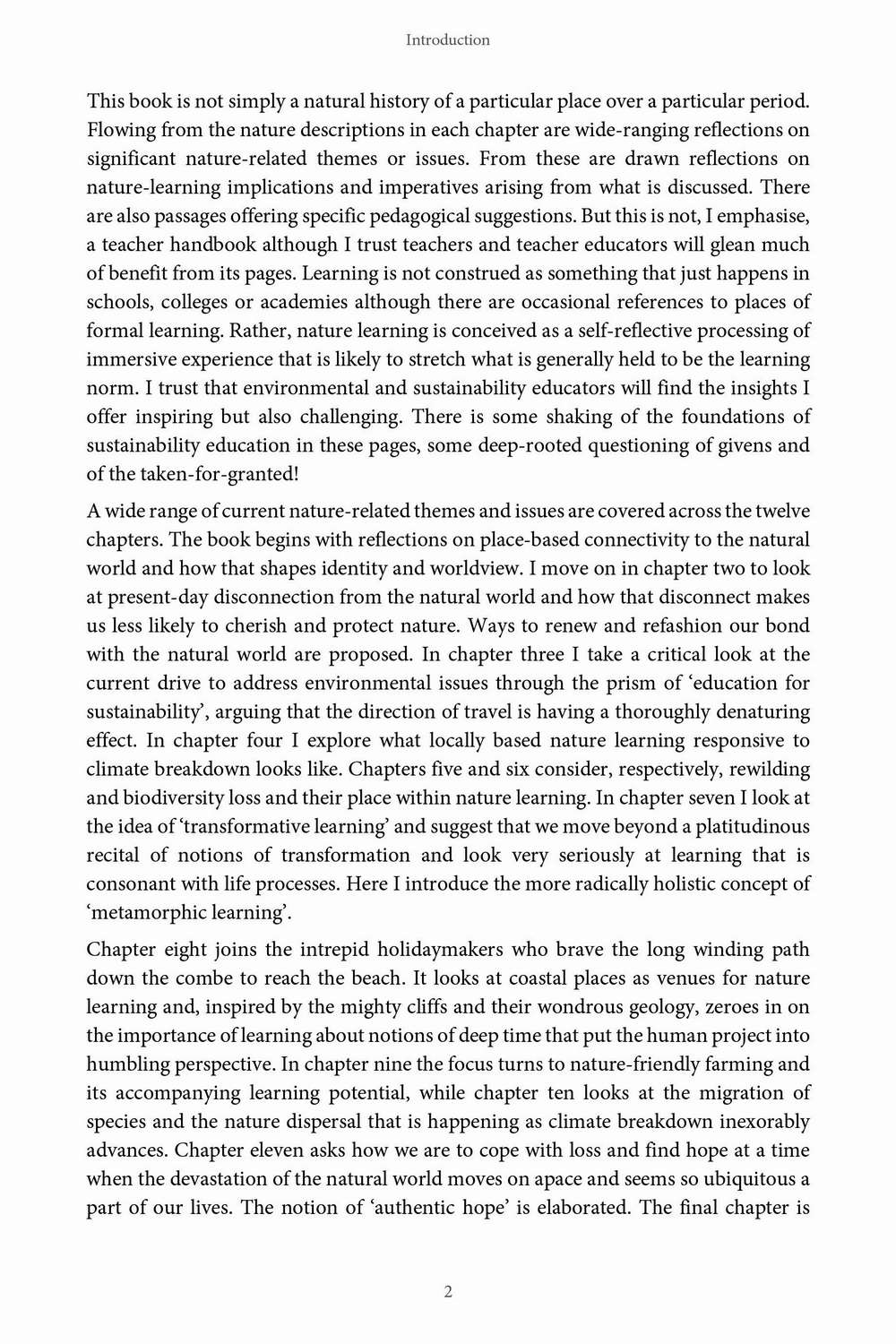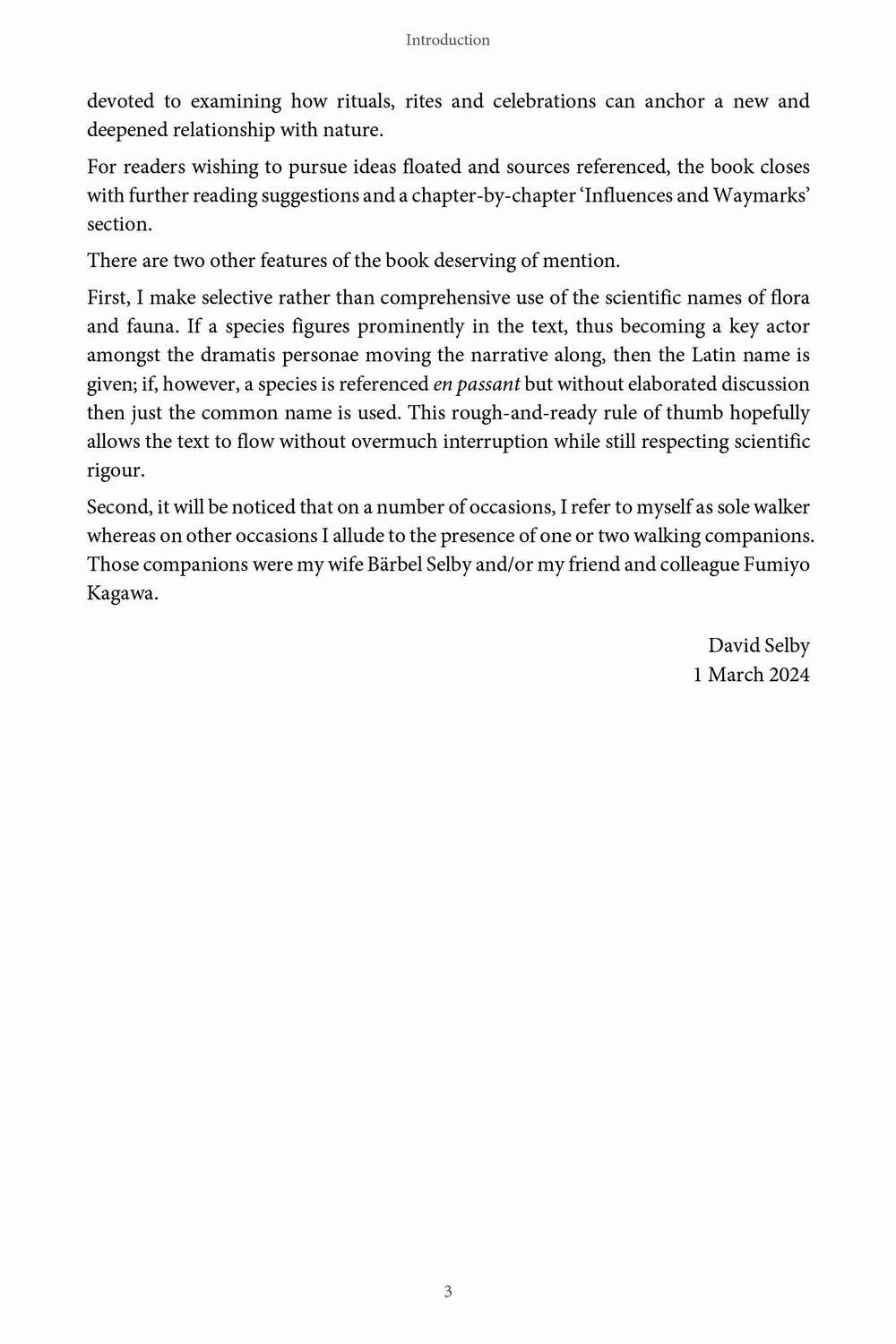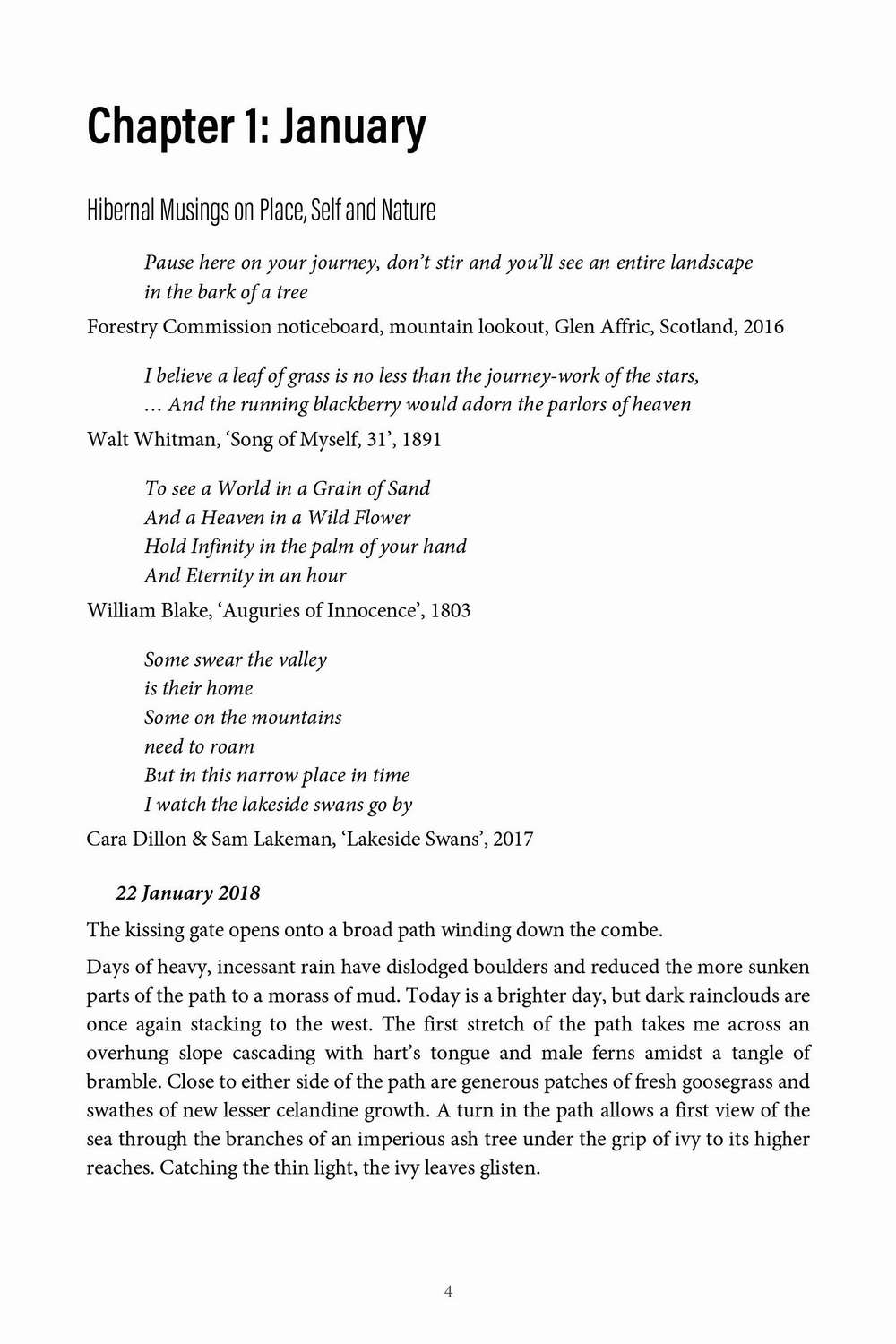This path finding book comprises twelve chapters, one for each month of the year. Written in an engaging diary style the chapters recount immersive nature experiences in and around Weston Combe, a secluded coastal valley situated on the Jurassic Coast of East Devon. The writing is richly descriptive of the natural world and is further enhanced by some 138 stunningly beautiful photographs, including 51 images by award winning nature photographer David White.
Turning the first few pages, it quickly becomes apparent that the book is much, much more than a paean to a beautiful valley running down to the sea. In each chapter David stretches beyond local nature description to encompass in-depth, wide-ranging and eye-opening reflections on nature-related themes and issues of global significance along with reflections on the implications for our living and learning. As such, the book makes a powerfully significant contribution to the call for the conservation and restoration of the natural world.
Themes and issues addressed include:
- the revival of place-based connection to the natural world
- the denaturing of nature implicit in current sustainability education thinking and practice
- localised action learning in response to climate breakdown
- rewilding and biodiversity and their place in nature learning
- ‘transformative learning’ as platitudinous and, as such, in need of replacement by an alternative, more radical conception, ‘metamorphic learning’
- living and learning that encompasses notions of ‘deep time’
- nature-friendly farming restorative of the ‘kinship of the fields’
- the migration and spread of species
- coping with loss and finding authentic hope in times of widespread and insistent devastation of nature
- rituals, rites and celebrations as anchorage for a deepened relationship with the natural world
In writing this book David has drawn on a lifelong love affair with nature, a wide and deep knowledge of environmental issues as well as an astonishing breadth of source material, the latter available to the reader through copious enlightening endnotes and through suggestions for further reading.
This beautiful book is further enhanced by artist drawn maps; the first of the combe and immediate environs, the second depicting farther-afield locations explored in the book. The front cover is graced by a painting by the late local farmer and landscape artist, Sandy Macfadyen, himself a key figure featured in the book.
Down the Combe and Into the Meadow is a treasure trove for nature lovers as well as essential reading for teachers and students of environmental topics. Accessible to the lay reader, this book will be equally at home in lecture theatres and schools as on coffee tables.
View the flier for Down the Combe and Into the Meadow.

